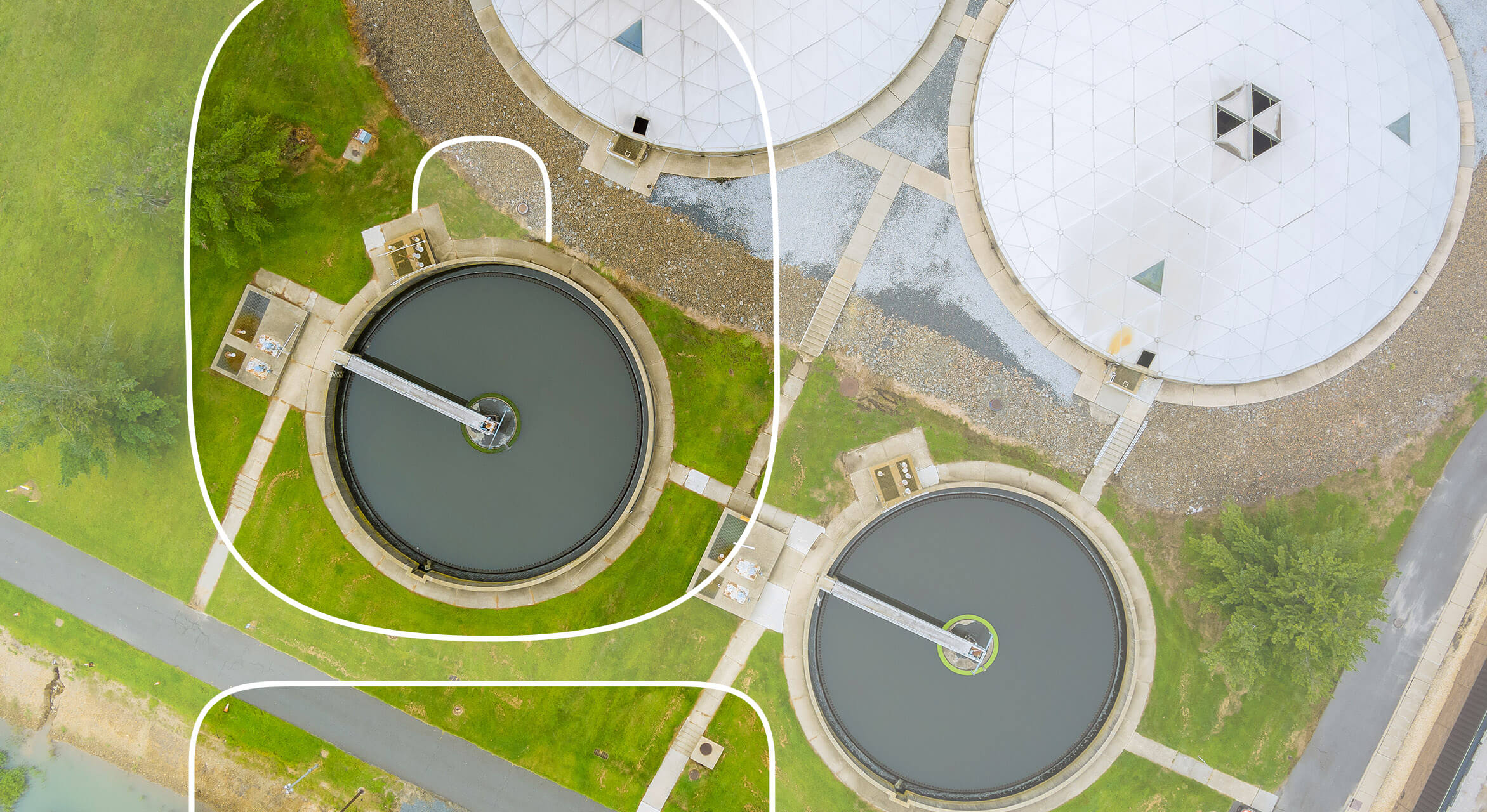Reliable Professionals Offering Superior Wastewater Solutions
Reliable Professionals Offering Superior Wastewater Solutions
Blog Article
Understanding Wastewater Therapy Processes and Their Environmental Influence
The details of wastewater therapy procedures play a crucial duty in mitigating ecological obstacles linked with water air pollution. Each phase, from initial to innovative treatments, is designed to address certain impurities, inevitably guarding both public health and aquatic environments.
Review of Wastewater Treatment
How is wastewater changed right into a safe source for the atmosphere? Wastewater therapy is a critical process developed to eliminate pollutants from utilized water, consequently guarding public health and protecting communities. This process begins with the collection of wastewater from domestic, industrial, and industrial sources, which is then routed to therapy centers.
At these facilities, numerous physical, chemical, and organic approaches are used to deal with the wastewater. First testing removes big debris, adhered to by sedimentation to separate much heavier solids. Ultimately, organic therapies, such as triggered sludge processes, use microorganisms to break down raw material. These methods not only lower toxin degrees but also promote the recuperation of useful nutrients.
The dealt with effluent can be securely discharged into natural water bodies or reused for watering and commercial objectives, promoting source preservation. In addition, the treatment procedure produces biosolids, which can be repurposed as plant foods or dirt amendments, even more boosting sustainability.
Stages of Therapy Processes
The wastewater therapy process generally contains 3 primary stages: initial, key, and secondary treatment. Each stage offers a distinctive role in minimizing the toxin load and making sure the effluent fulfills environmental standards before discharge.

The primary treatment stage concentrates on the physical separation of suspended solids from the wastewater. Through sedimentation, much heavier bits clear up at the base of sedimentation storage tanks, creating sludge, while lighter products, such as oils and oils, float to the surface area and are skimmed. This process substantially minimizes the natural and inorganic tons in the wastewater.
Additional treatment is an organic process aimed at further reducing the concentration of raw material. Numerous approaches, consisting of turned on sludge systems and flowing filters, make use of microbes to metabolize natural toxins. This phase is essential for achieving the essential biochemical oxygen demand (BOD) reduction, ultimately leading to cleaner effluent all set for discharge or more therapy. Each stage is vital in securing environmental and public health.

Advanced Therapy Technologies
Complying with the secondary therapy procedures, advanced therapy modern technologies play an important function in further enhancing the high quality of treated wastewater. These technologies are made to eliminate recurring contaminants that are not efficiently removed during main and secondary therapies, ensuring the effluent satisfies stringent regulative criteria.
Among the commonly made use of advanced therapy approaches are membrane filtering, reverse osmosis, and progressed oxidation procedures. Membrane filtering, consisting of microfiltration and ultrafiltration, works in separating fine fragments, virus, and colloids from the water (Wastewater). Reverse osmosis utilizes semi-permeable membranes to get rid of liquified solids, resulting in high-grade water suitable for various applications
Advanced oxidation processes (AOPs) utilize solid oxidants to degrade organic contaminants, consisting of drugs and personal care check my source products that are resistant to traditional therapy. These approaches enhance the biodegradability of complex compounds, facilitating their elimination.
An additional substantial technology is using biological nutrient elimination processes, which specifically target nitrogen and phosphorus, stopping eutrophication in receiving water bodies. Generally, advanced treatment innovations are important for accomplishing greater degrees of check filtration, advertising water reuse, and safeguarding public health while attending to the challenges related to wastewater monitoring.
Ecological Advantages of Therapy
Countless ecological advantages emerge from effective wastewater therapy processes that contribute to ecosystem wellness and sustainability. Mainly, these procedures substantially reduce the launch of harmful pollutants into natural water bodies, which helps maintain aquatic communities. By removing contaminants such as hefty metals, nutrients, and virus, treated wastewater minimizes the threat of waterborne conditions and promotes biodiversity in marine settings.
Additionally, wastewater therapy facilities usually utilize advanced technologies that enable water recycling and reuse. This technique not just conserves freshwater resources yet also minimizes the need on natural water products. Enhanced nutrient elimination from wastewater can likewise prevent eutrophication, a process that causes algal flowers and succeeding oxygen exhaustion in water systems.
In addition, reliable therapy procedures can minimize greenhouse gas exhausts, specifically methane and laughing gas, which are frequently launched throughout unattended wastewater decomposition. By recording and utilizing biogas from anaerobic digesters, centers can transform waste right into renewable resource, Your Domain Name thus adding to a decrease in nonrenewable fuel source reliance.
Difficulties and Future Fads
While the environmental advantages of wastewater treatment are clear, several difficulties linger that hinder optimum outcomes in this field. One major issue is maturing facilities, which typically causes inefficiencies and raised operational expenses - Wastewater. Many therapy plants were developed decades back, and their capacities do not align with modern demands, which consist of more stringent governing standards and higher volumes of wastewater because of urbanization

Looking ahead, there is a growing focus on resource recovery and round economic climate principles within wastewater therapy. Advancements such as anaerobic digestion, which can produce biogas, and progressed filtering technologies are obtaining grip. These methods not just improve treatment performance however also advertise sustainability.
Ultimately, resolving these difficulties requires cooperation among stakeholders, financial investment in innovation, and a commitment to continuous research. By welcoming these trends, the wastewater therapy industry can advance to satisfy the needs of an altering setting and society.
Verdict
In final thought, wastewater therapy processes play a crucial duty in enhancing environmental top quality and public health. The multi-stage treatment framework, paired with sophisticated innovations, successfully mitigates pollution and advertises lasting water administration.
Report this page